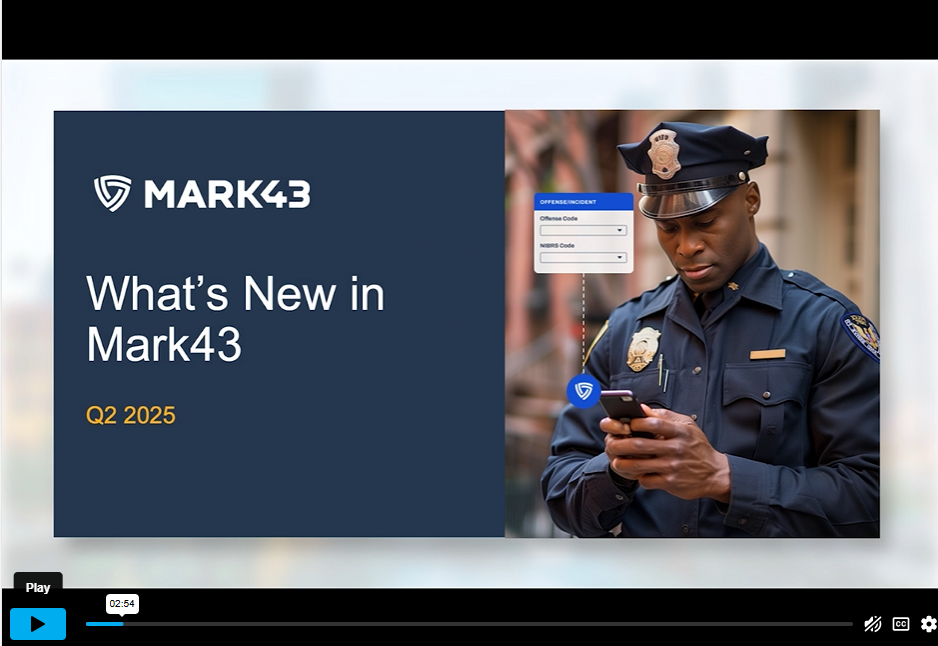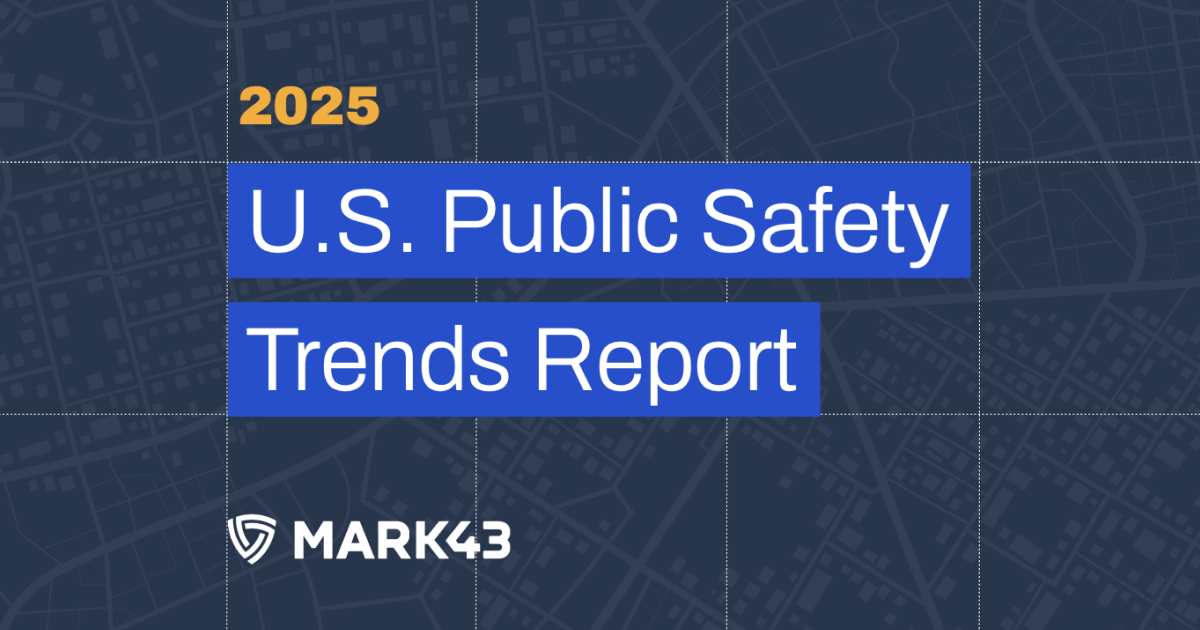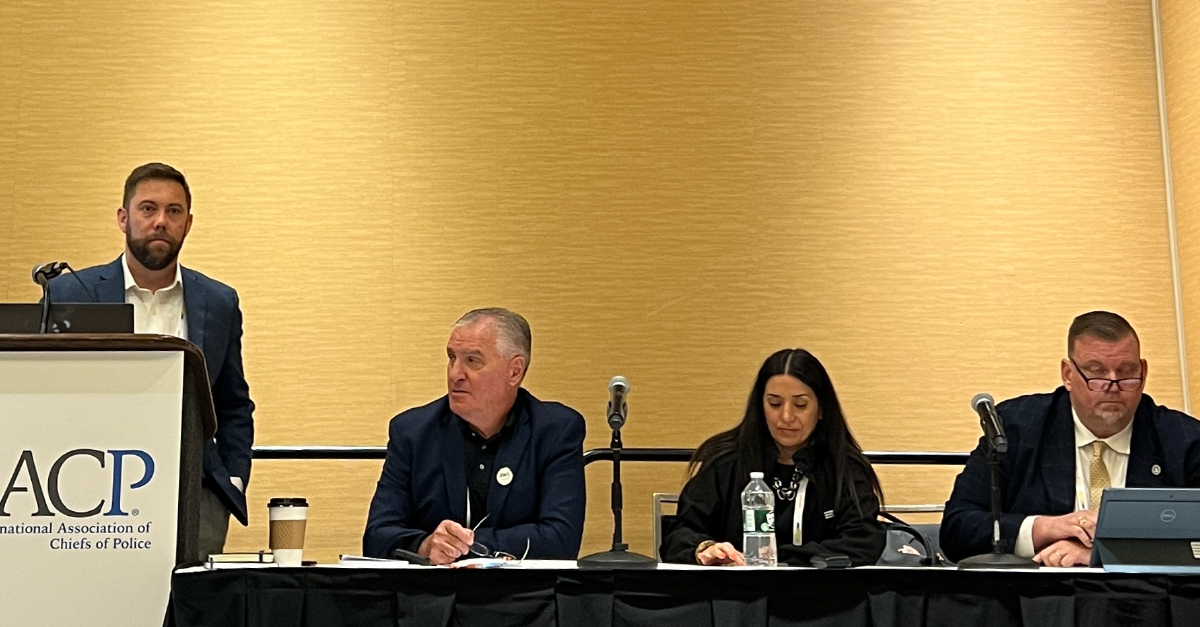
With the rise of cloud computing and cloud-based solutions for public safety agencies, law enforcement organizations that have purchased on-premise hardware and software in the past now have a new model to consider: Software-as-a-Service.
When deciding between an on-premise or cloud-based software solution for your agency, consider calculating the total cost of ownership (TCO), not just the initial expense. TCO takes into account both the direct and indirect costs (including fixed indirect costs, like administration and personnel costs, and recurring indirect costs, like subscription and maintenance fees) associated with a purchase over the course of that purchase’s full lifespan.
TCO comparisons between on-premise and cloud technology software quickly show the huge cost differences between the two options and the savings that cloud-based solutions have for public safety agencies.
Direct Capital Expenses
Software License & Subscription
On-Premise: On-premise systems require a large upfront purchase of a license, with associated annual maintenance fees.
Cloud: Cloud-based software isn’t purchased, but rather licensed on a subscription or “pay as you go” model. There is a low initial set-up fee, with recurring subscription payments thereafter.
Indirect Operating Expenses
Hardware
On-Premise: Hardware purchases are significant, upfront costs and require regular maintenance and other operational costs. As the owner of the hardware, the agency is solely responsible for storing, securing, powering, and maintaining their system, and ensuring compliance with data storage requirements.
Cloud: As there is no physical hardware to be responsible for, there are no storage or operational costs to factor. Server capacity, data compliance, and security are handled on the provider side.
Installation
On-Premise: Installing on-premise hardware involves the purchase of not just the hardware, but also any associated equipment and any related vendor professional services. Hardware requires physical storage space and power systems on-site, and software has to be installed directly on each agency device.
Cloud: Cloud-based products are accessed from any internet-connected device, eliminating the need to install software or install any physical hardware.
Security
On-Premise: All security measures are the responsibility of, and must be performed entirely by the agency. Keeping up to date with security checks is costly and time consuming for IT staff.
Cloud: Thanks to economies of scale, major cloud service providers can focus heavily on security. They ensure not just up-to-date security updates and upgrades for systems but can offer security certifications and protections that would be too expensive and time-consuming for individual agencies to pursue.
Product Upgrades & Updates
On-Premise: Software upgrades are usually expensive, irregularly timed, and time-consuming to roll out. As a result, agencies will often skip scheduled upgrades, leading to increased vulnerability to cyber attack.
Cloud: Cloud-based software offers shorter, more frequent upgrade cycles. Cloud providers also offer no downtime during updates so that mission-critical applications will be available on a constant, reliable basis.
Scalability
On-Premise: Systems hardware requires periodic upgrades to meet expanding demands for increased speed and storage capacity.
Cloud: Cloud solutions are considered “future-proof” since all issues of scalability are handled by the cloud provider. Should your agency need expanded capacity, it will either be included in your subscription cost or be available for an additional fee.







